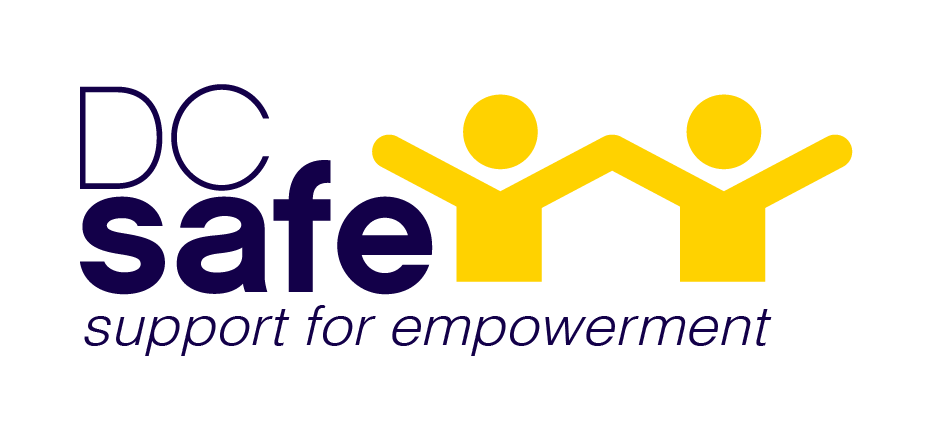If you build it, they will come.
There is no doubt that the most exciting time in the process of building a new shelter has been imagining what the building was actually going to look like. As I began to talk through what we envisioned and what we wanted the building to be it dawned on me that the building was not only going to be a place for our clients but that it had a very tangible effect on how we saw ourselves. It is the physical manifestation of who we want to be. Innovative, sleek, but above all frugal. Yes frugal is sexy. Well...at least to non-profits. The interesting part about architects is that they tend to not be frugal. I think that part of the reason is that we live in a rapidly gentrifying city. Developers want high end condos that they can flip for as much profit as possible. That means that architects in the city need to cater to those needs. That does not mean that you can't find an architect that understands your plight and is truly willing to listen and partner with you we did. That said, the best advice I can give is to make sure you do your homework when choosing the right architectural firm. Take a look at past jobs, make calls to others they have worked with, and above all ask the right questions. Remember that at the end of the day this is your forever home and you are responsible for maintaining it with the very little resources that you have as a non-profit.
Good questions to ask are: Do you know what our mission is and if so what about our mission makes you want to do this job. You would think these two things are divorced but they are not. An architect has many skill sets that they may be more willing to bring to bear if they are truly committed to your cause. You want a partner not an employee. This is as much their vision as it is yours. Another good question is what do you see your role being as compared to the Developers and the General Contractor? This is important because the three of them may not always agree and you need to be clear in your mind about how the expert is in the matter that is on the table. You will be getting SO MUCH ADVICE. It's an interesting change of pace. I don't know about you but as an ED I spend a lot of time trying to get professional experts to share their advice and guidance on a myriad of topics from HR to policy. This is the first time I have the luxury to have so many different types of experts on one team.
I learned a few lessons along the way. The first is that you will need a dedicated staff person on you team to work directly with the architects. This person needs to be very clear about what your priorities are and they will need to be empowered to make decisions. They also need to understand very well the intended use of the building. Trust me as much a you will want to be involved in everything it is humanly impossible! Our priorities were making a building that had very specific specifications that fit who would be inhabiting the units and creating a building that was easy to maintain. There will be many instances where you will be asked to prioritize one want over another. The more you are willing to compromise the leaner your building will be financially. We all know raising money especially on this scale is different. Trust me I was bedazzled by some of the higher end samples I was being shown but do we really need granite counter tops at a shelter? You need a tough cookie on your team to oversee this process! The longest meeting on the record for us with the architects was 7 hours long.
The second thing I learned was that I should have given WAY more thought to how green the building needed to be. The way this works is similar to other types of building codes. But in this case you can pick a level of "greenness" and get certain points for each feature to get a specific certification. The certifications range from the minimum to Zero Emission/Zero Carbon. I was given the impression early on that being green was expensive. Now that I know better I understand that in the long run the saving you get out of a Zero building are very large and should out-way the costs. Additionally, there are way more funds available to supplement the costs. If I had it to do over I would have taken more time to attempt a greener building.
The last process I learned about was value engineering. This is basically a process that is used when you don't have enough money to make your project a reality. It's like a garage sale. All of a sudden you are forced to part with things that you have grown attached to. It is nerve wracking! Basically, a second Architectural firm comes in and tests all the theories of the first firm and looks for places where money can be saved and makes recommendations. This is a necessary process because it is a second set of eyes but it is also awkward! That said, it is a good idea for you to have a plan B because you never know what might happen as the project moves forward.
Over all this was the best part of this experience so far. What I will reiterate is that you have to really speak to many firms, ask tough questions, and remember that just because you are a non-profit does not mean you do not deserve the best!!!
